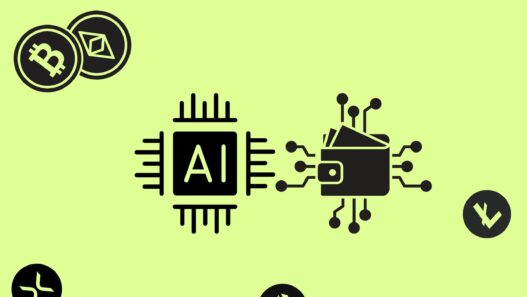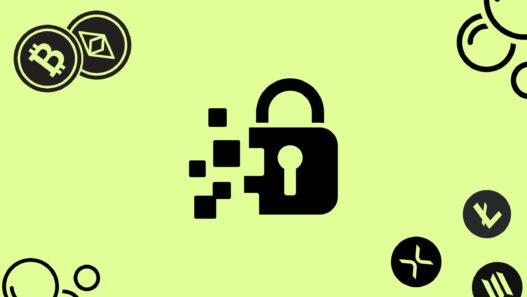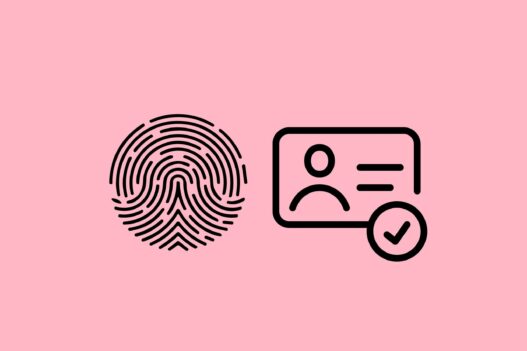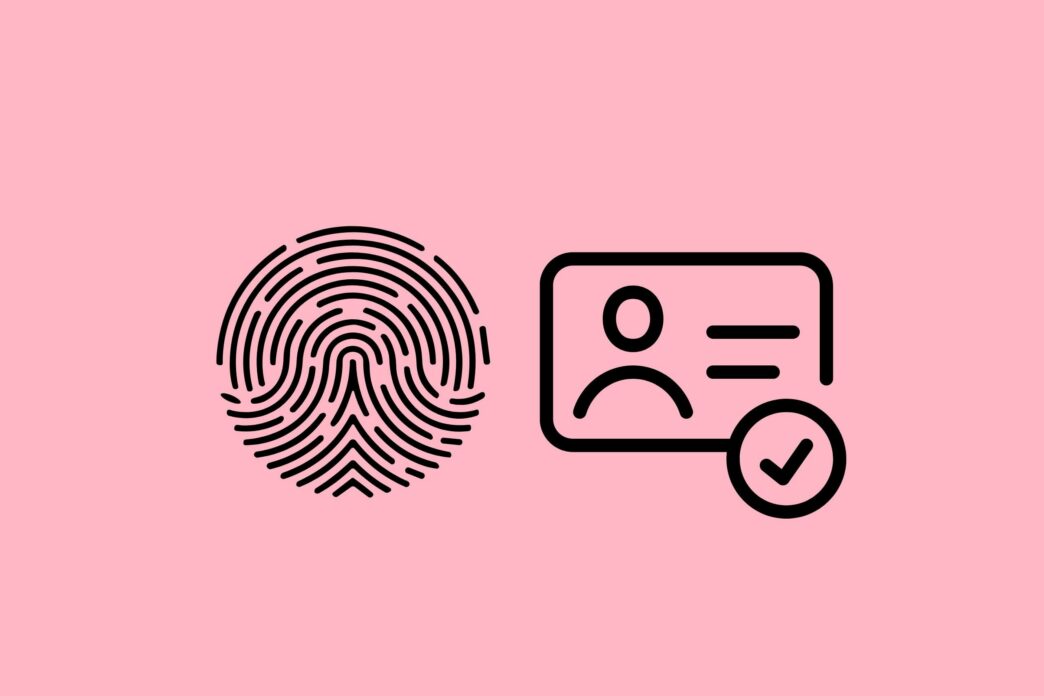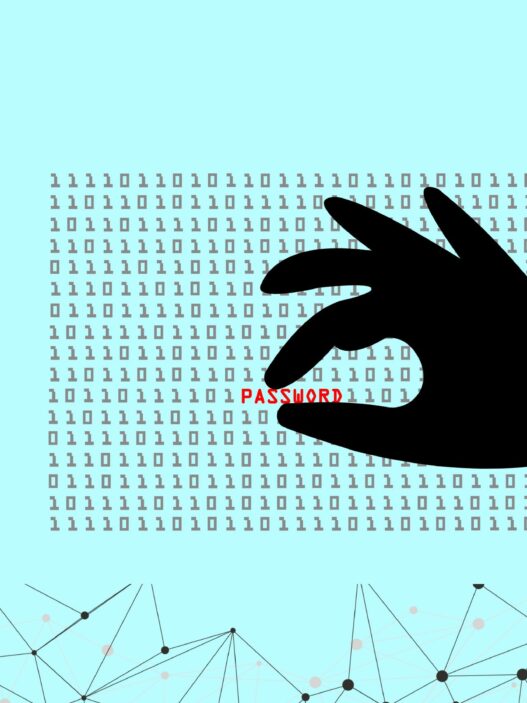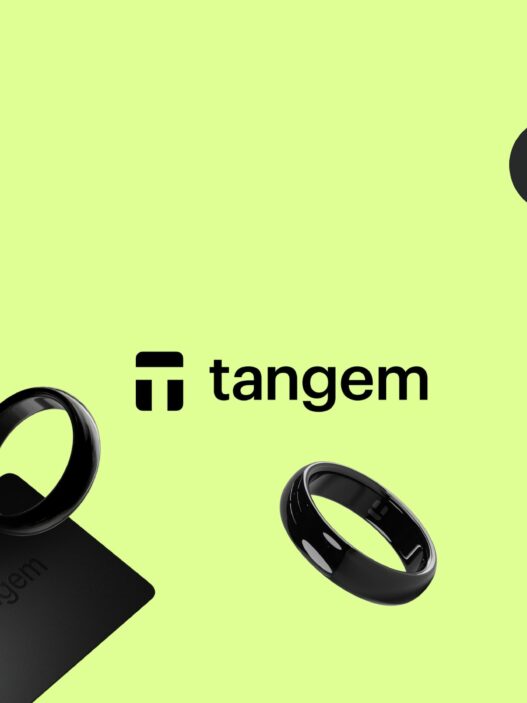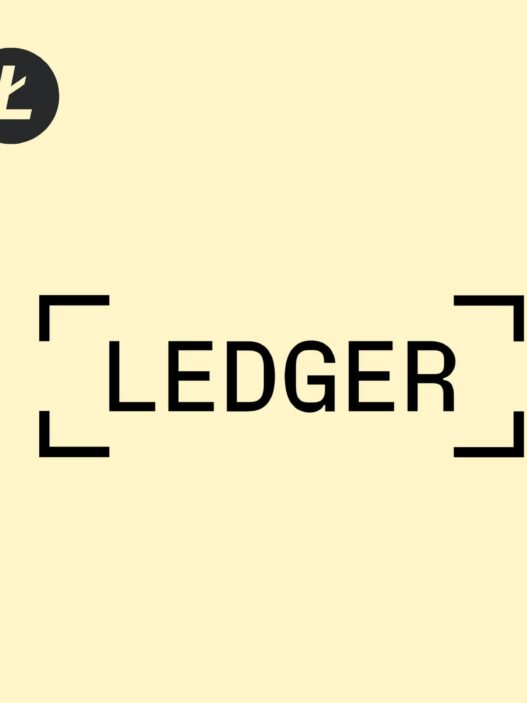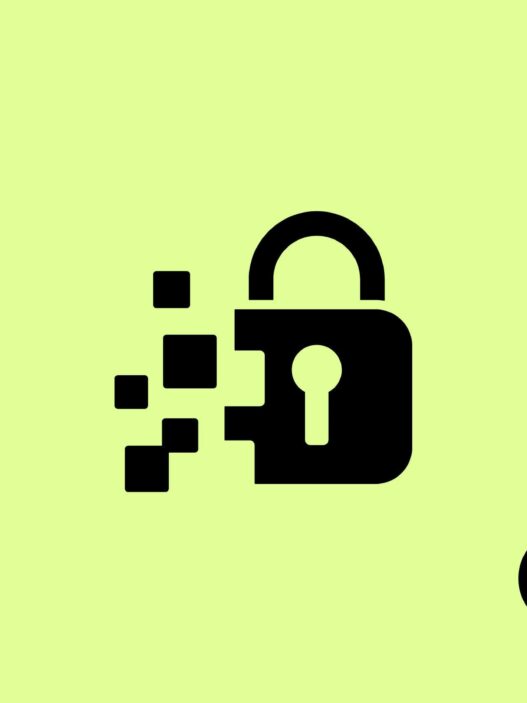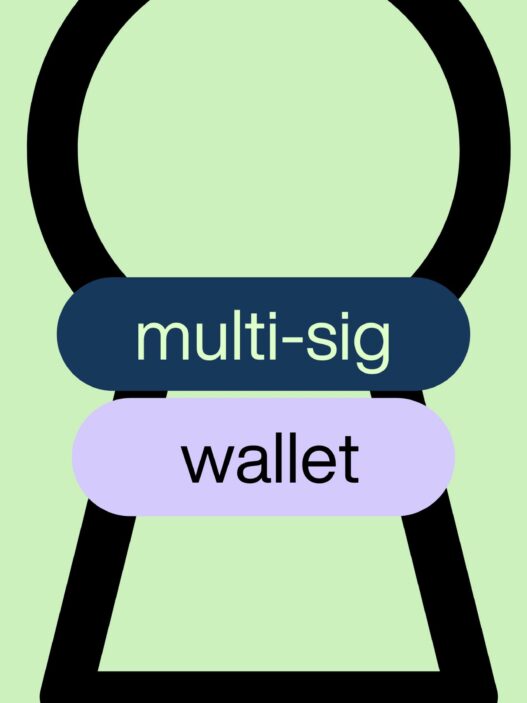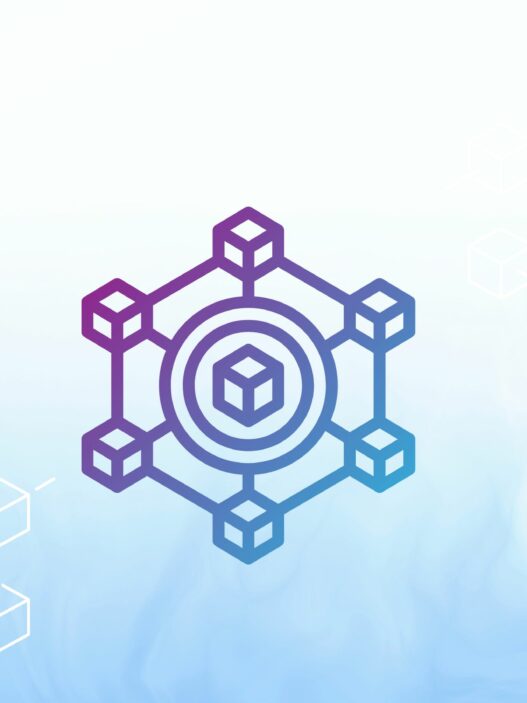The concept of identity in the digital world has undergone a fundamental transformation, from simple usernames and passwords to federated identity systems, and now to Self-Sovereign Identity (SSI). SSI offers a decentralized model that restores control of identity to individuals rather than centralized authorities like governments or corporations. This new paradigm aligns with the principles of autonomy, privacy, and security, making it an essential innovation for the future of the Internet.
The Problems with Traditional Identity Systems
Traditional digital identity systems can be classified into three categories:
- Administrative Identity Systems: These are centralized, controlled by an authority like a government or a company. Users have little control over their data.
- Federated Identity Systems: These allow users to log into multiple services using a single identity provider, like Google or Facebook. However, the identity provider retains control over authentication and access.
- Algorithmic Identity Systems: These rely on blockchains or other decentralized systems to authenticate identity autonomously.
Each of these models has drawbacks, including privacy risks, data breaches, identity theft, and lack of user control. SSI emerges as a solution to these challenges, allowing users to manage their digital identities independently.
What is Self-Sovereign Identity (SSI)?
SSI is a decentralized identity model that enables individuals to control their own digital identities without reliance on centralized authorities. Key principles of SSI include:
- Ownership: Users own and control their identities.
- Decentralization: No central authority manages identities; they exist on distributed ledgers.
- Interoperability: Digital identities should work across multiple platforms and systems.
- Privacy: Users share only the necessary credentials rather than full identity details.
- Verifiability: Identity claims can be cryptographically verified.
The Architecture of SSI
SSI relies on four core components:
- Decentralized Identifiers (DIDs): Unique identifiers created and controlled by individuals.
- Verifiable Credentials (VCs): Digitally signed claims that verify identity attributes.
- DID Communication Protocol (DIDComm): A secure messaging protocol that enables peer-to-peer communication.
- Digital Wallets: Software that allows users to store and manage DIDs and VCs securely.
Together, these components form an identity metasystem that supports user autonomy while maintaining security and trustworthiness.
How SSI Works
A typical SSI transaction follows these steps:
- Identity Creation: A user generates a DID using an SSI wallet.
- Credential Issuance: A trusted entity, like a university or employer, issues a verifiable credential attesting to a specific attribute (e.g., educational degree).
- Credential Presentation: The user shares a proof of their credential with a verifier (e.g., a potential employer) without revealing unnecessary data.
- Verification: The verifier checks the authenticity of the credential using cryptographic proof without needing direct access to the issuer.
This process ensures a seamless and secure identity verification experience.
Benefits of SSI
SSI offers numerous advantages over traditional identity systems, including:
- Enhanced Privacy: Users share minimal information, reducing exposure to data breaches.
- Greater Security: Cryptographic protections make it harder for attackers to manipulate identities.
- Reduced Fraud: Eliminates reliance on centralized databases that are prime targets for hackers.
- Improved User Experience: No need to remember multiple passwords or rely on intermediaries.
- Interoperability: SSI credentials work across different platforms and industries.
Real-World Applications of SSI
1. Healthcare
SSI enables secure patient identity management. Patients can store medical records as verifiable credentials, ensuring privacy while allowing authorized healthcare providers to access necessary data.
2. Financial Services
Banks and financial institutions can use SSI to streamline Know Your Customer (KYC) compliance, reducing costs and improving security.
3. Education
Universities can issue digital diplomas as verifiable credentials, making it easy for graduates to share their academic achievements securely with employers.
4. Government Services
Governments can issue digital IDs that citizens control, reducing identity fraud and improving access to public services.
5. E-Commerce and Online Services
Online platforms can leverage SSI for age verification, customer authentication, and fraud prevention without collecting excessive personal data.
Challenges and Considerations
Despite its benefits, SSI faces several challenges:
- Adoption and Standardization: Widespread adoption requires global standards for interoperability.
- User Education: Users must understand how to manage their digital identities securely.
- Regulatory Compliance: Governments and regulators must adapt policies to support SSI.
- Scalability: Ensuring SSI solutions can handle large-scale identity verification without performance bottlenecks.
The Future of Self-Sovereign Identity
As the Internet evolves, SSI is poised to become a foundational technology for personal and enterprise identity management. Innovations in blockchain, decentralized networks, and cryptographic protocols will further enhance SSI’s capabilities. Collaboration among industry leaders, governments, and technologists is essential to building a future where digital identity is secure, private, and user-controlled.
Conclusion
Self-Sovereign Identity represents a paradigm shift in digital identity management, offering autonomy, privacy, and security to users worldwide. By leveraging decentralized technologies, SSI eliminates the risks of traditional identity systems while enabling seamless and trustworthy digital interactions. As adoption grows, SSI will play a crucial role in shaping the next generation of the Internet, ensuring that individuals regain control over their identities in an increasingly digital world.
Source: Windley, P. J. (2022, March). Self-sovereign identity: The architecture of personal autonomy and generativity on the Internet. Blockchain Research Institute. Retrieved from https://www.blockchainresearchinstitute.org



